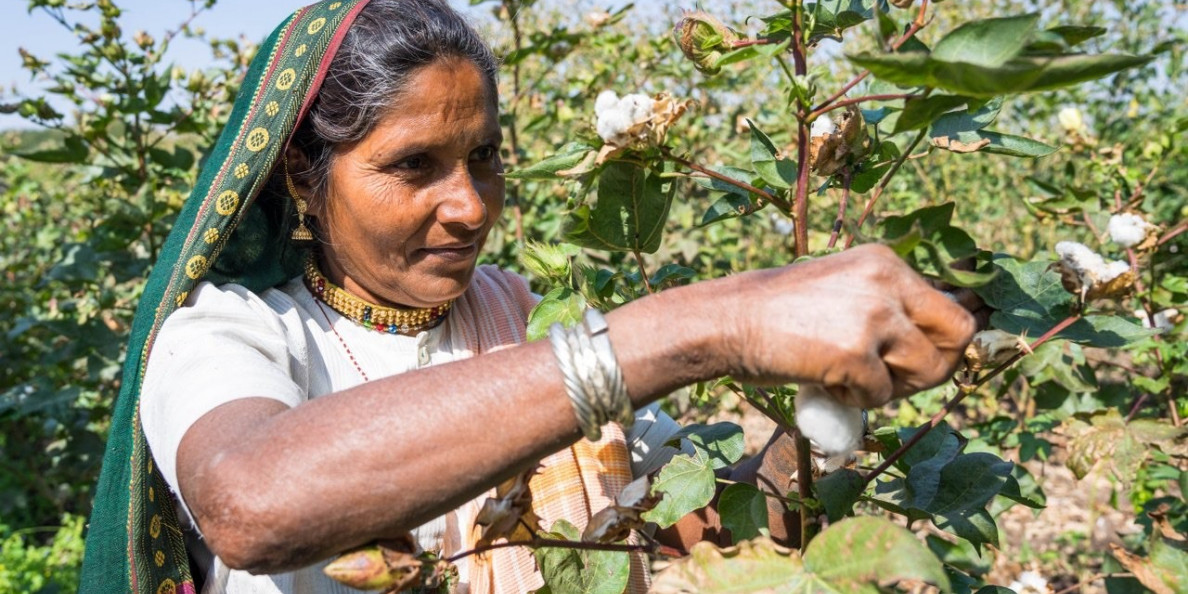As per the latest update from United States Department of Agriculture (USDA), Indias cotton area for MY 2018/19 is being forecasted at 11.8 million hectares, 100,000 hectares lower than the official USDA estimate. The reduction in area is primarily in the two major cotton growing states of Gujarat and Maharashtra. Deficit rains and pest pressures have prompted farmers to either plant alternate crops, or delay/abandon planting altogether. According to the Ministry of Agriculture and Farmers Welfare (MOAFW), planted area reached 11.26 million hectares as of August 9, 2018 compared to their final estimate of 11.71 million hectares in MY 2017/18. Although planted area is 4 percent lower than last year, it is still 2 percent higher than the 5-year average of 11.05 million hectares.
Central Maharashtra indicates a significant part of cotton area has shifted to soybeans and fodder maize. Farmers have reduced cotton area, but continue to plant BT cotton despite issues of pest resistance, as it remains a remunerative crop. The plants are in the early vegetative stage, with farmers mostly undertaking weeding operations. The number of rainy days in July in major cotton districts have ranged between 5-15 days (refer to Table 1) prompting farmers to either delay planting or plant alternate crops. Farmers indicated that input costs related to fertilizers and insecticides have increased from last year, but that labor costs have a significant impact on the overall cost of production. USDA forecasts lower cotton area planted than last year in Maharashtra, but expects similar yields as last year, as resurgence in the second half of monsoon season will improve crop development.
Saurashtra region in Gujarat indicates that farmers have replanted cotton in major cotton growing districts as lack of adequate moisture in July led to crop failure. Farmers have shifted acreage from groundnut (peanut) to cotton due to poor price realization from groundnuts last year. While there is a marginal increase in cotton acreage, the prolonged dry spell is affecting the plant development, and is expected to have a significant impact on cotton yields if rains are not received in the next 15 days. According to the Gujarat State Agriculture Department, cotton sowing as of August 6, has reached 2.66 million hectares as compared to 2.65 million hectares last year. The normal area (previous three years average) planted during the same time is 2.6 million hectares. The percentage of non-BT cotton planted in the state has increased by 34 percent compared to last year, and the overall share of non-BT cotton area has risen from 15 percent to 20 percent. But farmers continue to prefer planting BT cotton due to its relative drought tolerance over competing crops, and wide planting window
Powered by Commodity Insights


